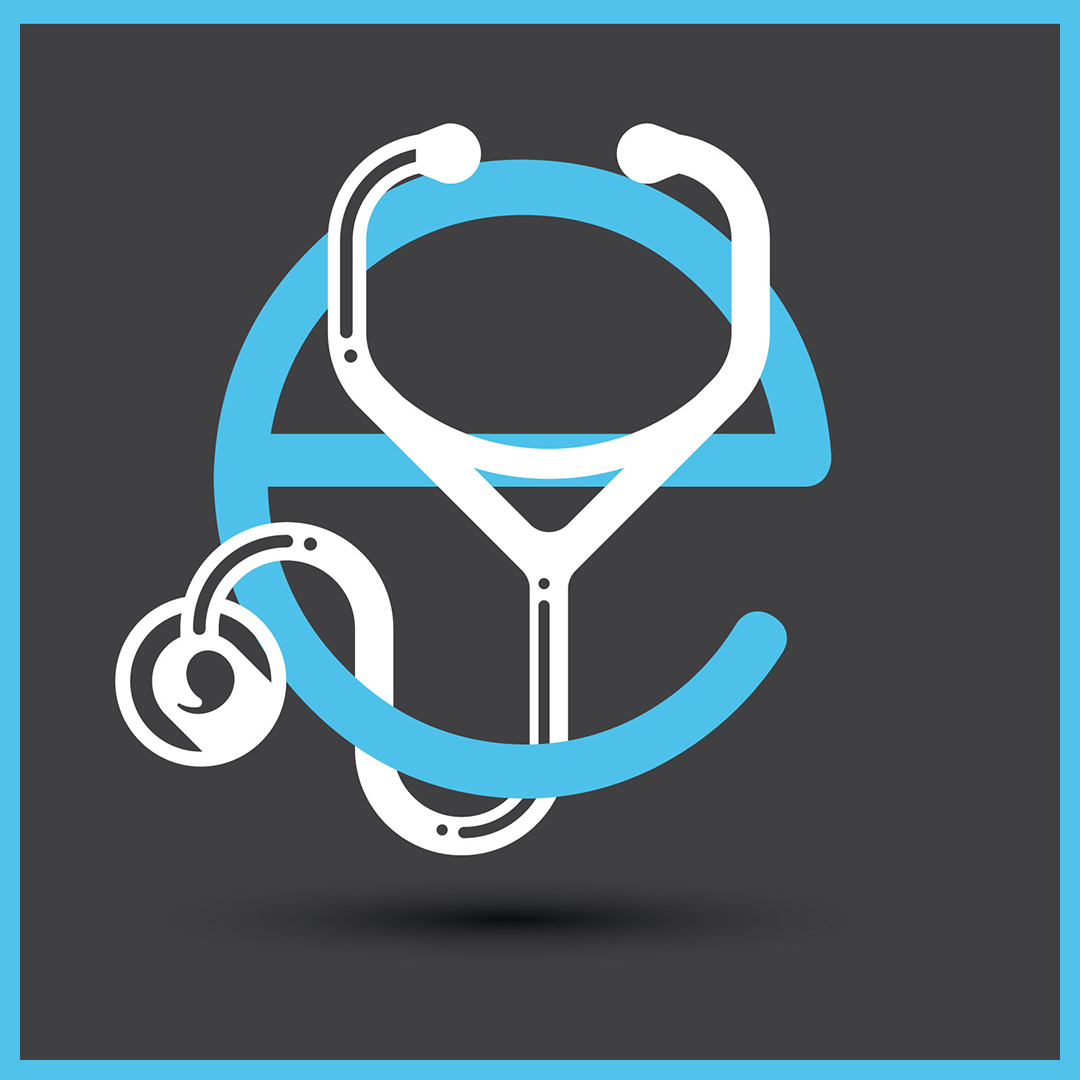Healthcare Is Ripe for Disintermediation

Healthcare Is Ripe for Disintermediation
There is no question that disintermediation has affected nearly every major industry in our country. Uber took share from taxis. Netflix cut off Blockbuster at the knees. Amazon disintermediated traditional brick-and-mortar selling, which created the now commonplace practice of showrooming.
disintermediation
noun I dis·in·ter·me·di·a·tion
to attempt to do away with intermediary entities between two primary market forces; to eliminate the middleman
As the world around us changes, we would be foolish to think that these changes will not happen in healthcare. In fact, in my opinion, healthcare is ripe for disintermediation. The question is whether this disruption will happen first with manufacturers, physicians, hospitals, insurance companies, or perhaps a technology firm disrupting all four players on behalf of patients who have grown sour on the healthcare system in the United States. According to Paul Keckly, successful disintermediators have four shared attributes in common:
- They see unnecessary costs or unnecessary wrinkles in the traditional ways companies do business. They get rid of unnecessary layers that incumbents view as “essential” and do business a new way.
- They leverage online technologies to enhance access and use by their customers.
- They are not afraid of retaliation by traditional incumbents. They play long-ball with the support of their investors and boards who see a new marketplace others don’t.
- They relentlessly measure and monitor their own performance to maintain a strong value proposition for their customers. They do not believe their own publicity, knowing they’re being chased by look-alikes wishing to ride the coattails of their success.
The Future Is Here
For healthcare marketers, the number of physicians actually seeing sales representatives–traditionally considered the most effective way to communicate with physicians–has been drastically reduced. In fact, ZS Associates has shared that current market dynamics “have led more than half of today’s physicians to place moderate-to-severe access restrictions on pharmaceutical sales reps.” By giving healthcare professionals direct access to clinical and product information, the sale process can now be streamlined to be effective in this new, more restrictive environment.
Whether it’s disease education, product detailing, or even sample fulfillment, the ability to rely on traditional sales force tactics has been significantly diminished. Reduced physician access, emerging technology, and pricing pressures all point to more efficient channels for manufacturers and their sales force to connect with healthcare professionals. The answer lies in creating a direct relationship between the manufacturer and the physician.
One example of how Sanofi Pasteur created a more direct connection for physician offices to obtain vaccines is VaccineShoppe.com. VaccineShoppe.com is an easy-to-use e-commerce site. When you register at VaccineShoppe.com you can order Sanofi Pasteur and other manufacturers’ vaccines, as well as the medical surgical supplies your practice uses most.
Additionally, telemedicine is gaining momentum and is a hot topic of many meetings I’ve attended of late. Market adoption of telemedicine is disruptive. It is in direct response to the growing patient demand for more affordable and accessible care. Will this trend affect Primary Care Physician offices and Urgent Care Facilities? Most certainly this is the case, and we will see more use of technology in healthcare to eliminate the mediator. Going even beyond the financial significance of clinics and urgent care centers, telemedicine is helping to save people when there aren’t enough clinicians to attend to all the war-stricken refugees in this world. What telemedicine will continue to mean is mind-boggling.
Technology is changing the game in all aspects of the economy, and we should expect the same in healthcare. As the middleman gets obviated, disintermediation reveals new possibilities for the value of the relationships among providers, medications, practitioners, and ultimately patients.


